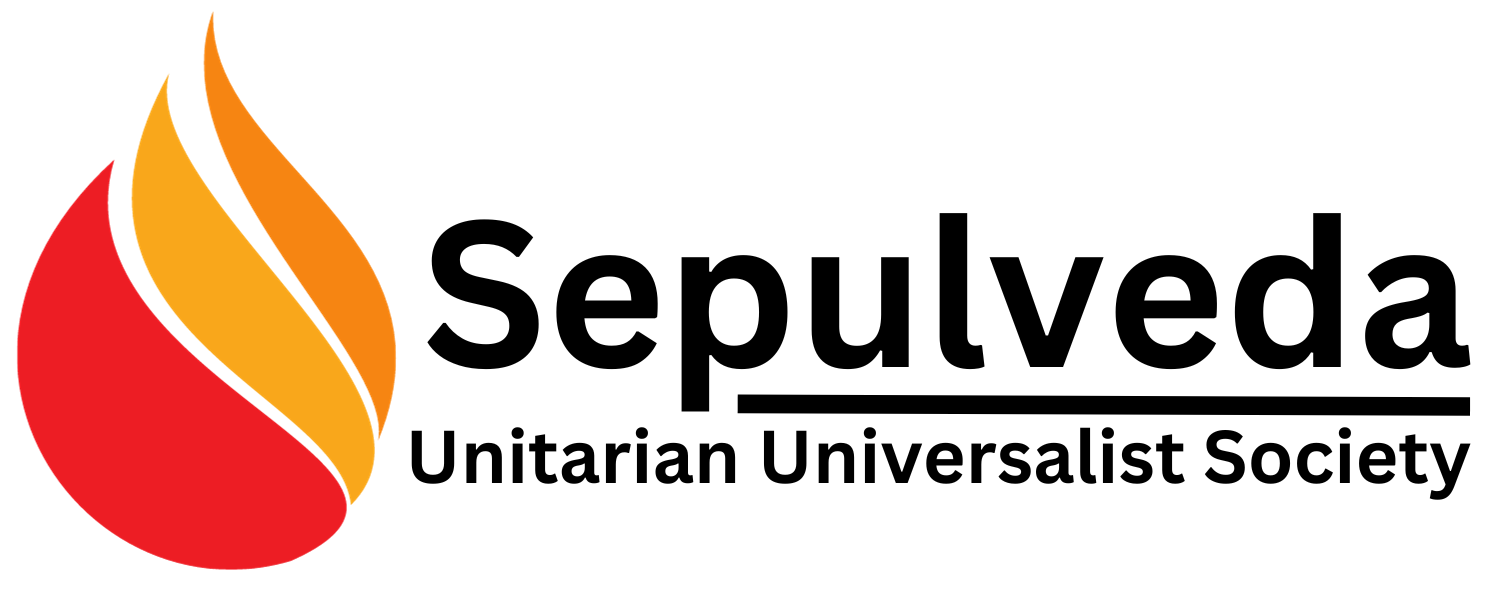Day 17. Martha’s Vineyard A Haven for Deaf Culture.

A Community Where Sign Language Was the Norm
“It was not considered a handicap. It was just the way you were.”
— Nora Ellen Groce, Everyone Here Spoke Sign Language
Imagine a place where Deaf and hearing people communicated seamlessly, where sign language was a natural part of daily life, and where Deafness was not seen as a disability, but simply another way of being. This was the reality in Martha’s Vineyard, a small island off the coast of Massachusetts, where a unique Deaf community thrived for centuries.
The Birth of a Signing Community
In the 17th and 18th centuries, English settlers from Kent’s Weald region—where hereditary deafness was common—migrated to Martha’s Vineyard. Over generations, a high incidence of genetic deafness emerged, particularly in Chilmark, a small town on the island. At its peak in the 19th century, the rate of Deafness was as high as 1 in 25 residents, compared to the national average of 1 in 5,728 at the time.
Rather than isolating Deaf individuals, the entire community—both Deaf and hearing residents—used sign language fluently. This created one of the first truly inclusive Deaf cultures in the U.S., where being Deaf was simply another way of experiencing life.
The Language of the Island: Martha’s Vineyard Sign Language (MVSL)
Martha’s Vineyard had its own distinct sign language, known as Martha’s Vineyard Sign Language (MVSL). It predated American Sign Language (ASL) and later influenced its development when Deaf students from the island attended the American School for the Deaf (ASD) in 1817.
Unlike many other places where Deaf individuals faced barriers to communication, on Martha’s Vineyard:
✔️ Both hearing and Deaf residents signed fluently.
✔️ Sign language was used in public spaces, workplaces, and homes.
✔️ Deaf residents held all types of jobs—fishermen, farmers, teachers, shopkeepers—without discrimination.
✔️ Being Deaf was not considered an impairment; it was simply another way of existing in the world.
In essence, everyone was bilingual, and MVSL served as the bridge between two worlds that were not divided, but unified.
Life on Martha’s Vineyard: Stories of Inclusion
🏡 A Community Without Barriers
Unlike in many societies where Deaf people are marginalized, Martha’s Vineyard embraced Deafness as part of everyday life. Families passed down sign language through generations, and hearing children learned to sign just as naturally as they learned to speak.
⛵ Fishermen Signing at Sea
Many islanders were fishermen. Out at sea, MVSL was particularly useful—boats were noisy, and using sign language allowed them to communicate easily over distances, even in harsh weather conditions.
🎭 Churches, Schools, and Public Gatherings in Sign
Church services, town meetings, and social events included sign language, ensuring that no one was left out of community life.
🌎 Visitors Noticing the Uniqueness
Outsiders who visited Martha’s Vineyard were fascinated by the seamless integration of Deaf culture into everyday life. Some accounts describe how visitors found it remarkable that “even the dogs responded to signs.”
The Decline of MVSL and Its Last Fluent Speakers
By the early 20th century, as transportation improved, many island residents moved to the mainland, intermarried with non-signing communities, and the once-thriving Deaf population decreased. Additionally, as ASL became the dominant sign language in the Deaf community, MVSL began to fade.
The last person known to have fluently used MVSL was Katie West, who passed away in 1952. However, MVSL’s legacy lives on, as it helped shape the development of ASL and remains a powerful example of what an inclusive society can look like.
Lessons from Martha’s Vineyard: A Model for Inclusion
Martha’s Vineyard teaches us that:
💡 Inclusion is a choice. When an entire community chooses to embrace sign language, barriers disappear.
💡 Language shapes culture. The presence of MVSL meant Deaf people were fully integrated members of society.
💡 Deafness is not a disability in a signing world. When communication is accessible to all, Deaf individuals thrive.
Even today, Martha’s Vineyard serves as a powerful model for how societies can prioritize accessibility and celebrate Deaf culture.
How to Support Deaf Culture and Accessibility Today
🏫 Advocate for Bilingual Education – Support ASL-English bilingual programs in schools.
📢 Promote Sign Language Learning – Encourage hearing people to learn and use ASL to foster more inclusive communities.
👐 Celebrate Deaf Culture – Attend Deaf cultural events, theater performances, and art exhibits.
📚 Learn About Deaf History – Share the story of Martha’s Vineyard and its legacy of inclusion.
Resources to Explore
📖 Books & Articles
📚 Everyone Here Spoke Sign Language by Nora Ellen Groce
📖 The Deaf Community in America: History in the Making
🎥 Videos & Documentaries
▶️ Martha’s Vineyard and the Lost Sign Language
▶️ The History of Martha’s Vineyard Sign Language
Reflection
Martha’s Vineyard reminds us that accessibility and inclusion are not just ideals—they are possible realities. This island’s history challenges us to reimagine a world where language is not a barrier but a bridge.
💬 What are your thoughts on Martha’s Vineyard’s history? How can we apply its lessons today?
💬What would a truly inclusive community look like? How could we support its development?
As we continue to learn about unique opportunities for inclusion, we’ll explore the life of a Deaf activist that opened up access to higher education for Deaf women.
Learn more: The Atlantic highlights the history of sign language in Martha’s Vineyard, and how it disappeared.
#UU #UUA #CelebrateDiversity #DeafCulture #DeafHistoryMonth #DisabilityAwareness #MarthasVineyardSignLanguage #DeafHistory #ASLMatters
Discover more from SepulvedaUU
Subscribe to get the latest posts sent to your email.
